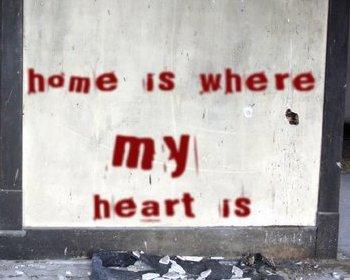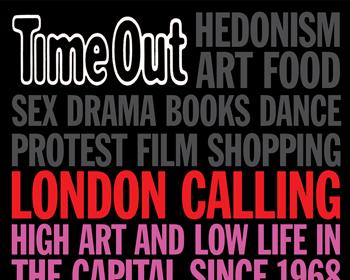Remember those
feelings of frustration back at school (come on, it can’t have
been that long ago), when your teacher would utter the immortal
words, "Well done (insert name of class irritant here), thanks to
your behaviour, the whole class will be in detention tonight." Irritating, wasn’t it? Well,
imagine the irritation you might feel if you still felt like you
were being punished for the actions of others, and all because of
the way you dress. Thanks to a largely overreactive media, many of
London’s teenage boys are being singled out for portayal as violent,
disrespectful thugs, because of their fondness for ‘hoodies’. If you
believed everything that you read in our
nation’s tabloids, you might be forgiven for thinking that
underneath the hood of every cotton mix hooded top, lurks a
neanderthal, who wants your mobile phone, wallet and jewellery. If,
like me, you have a teenage brother growing up in London, you might be
a bit more in tune with the fact that, for many, the hoodie is little
more than a statement of a teenager’s identity
and musical taste. And why should we be so shocked at this
revelation? Is this not a sickening trend that has befallen most
of history’s youth? From teddy boys in the 50’s, mods and rockers
in the 60’s, hippies in the 70’s and so forth, music has played an
integral role in the appearance and identity of teenagers. So why
should the noughties be so different? London’s ‘Garage’
and ‘Grime’ music scenes tap into the thoughts and feelings of
the capital’s youth, offering listeners a musical reflection of
the often tough environment that is created by inner city life.
Dressed in the aforementioned uniform of hoody, cap and baggy
jeans, artists such as Dizzee Rascal, Kano and Wiley rap about
the struggles of youth played out in an urban landscape. The acts
reflect on the importance of avoiding crime, the pressures of growing up with the odds stacked against them, and the
difficulties of relationships. Hardly devil worship. These are
important issues for boys, who are notoriously immature as
teenagers, to consider. Encouraging them to do so surely cannot
be that bad? Having an icon or role model to
look up to gives teenagers an identity, at a time when they are
still learning about who they are. By selecting a uniform, or
image to model themselves upon, they are integrating into a
social scene. Copying the attire and tough-sounding attitude of
the artists is confirmation of their approval, and validation of
their own identity. Music, for most, is an important part of
this. By dressing in street uniform, London’s teenagers are only
doing what many other teenagers across the UK are doing, but
unfortunately, theirs has been targeted and deemed trouble. It
is undeniable that many have chosen these clothes as a mask to hide beneath, in the pursuit of crime. But to assume that every
teenager dressed like this is off to embark in criminal behaviour is wholly wrong, and prejudiced. I don’t think anyone is under
the impression that teenage boys are stand-up models of morality,
far from it. But the media has taken the hoodie, and the teenage
boys that wear them, and created a monstrous icon that fails
to differentiate between street fashion and the culture of crime.
One 17-year-old appeals for logic to be used by anyone feeling threatened by these clothes.
"Think
about it," he says. "If every person who wore a hooded jumper was
on his way out to commit a crime, the streets would be unwalkable."
So, Londoners. The next time you pass a group of teenage boys in hoodies, don’t assume they’re off to do the
nearest petrol station over – give them a break. And remember, it
wasn’t so long ago that you were young yourselves, was it?


